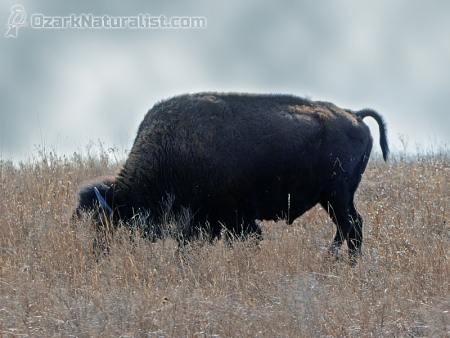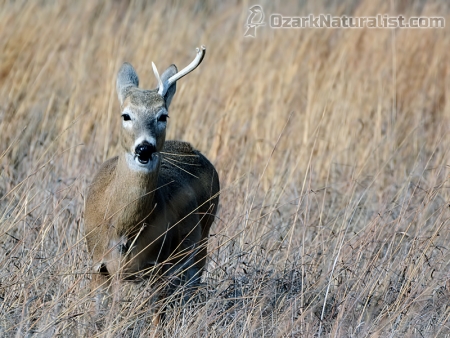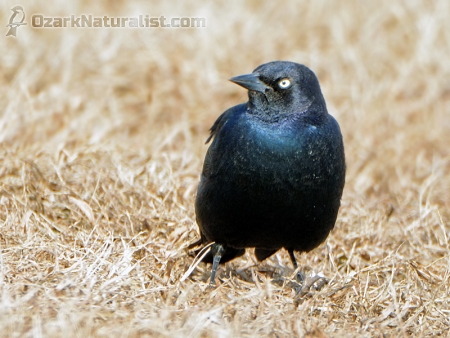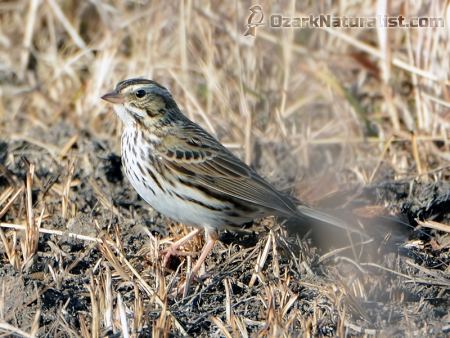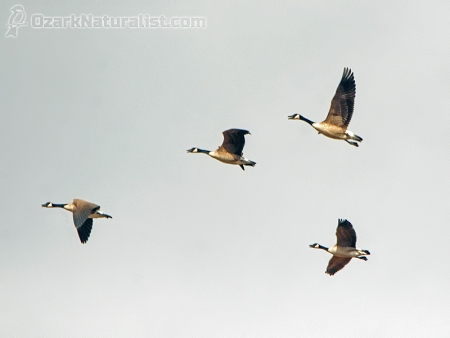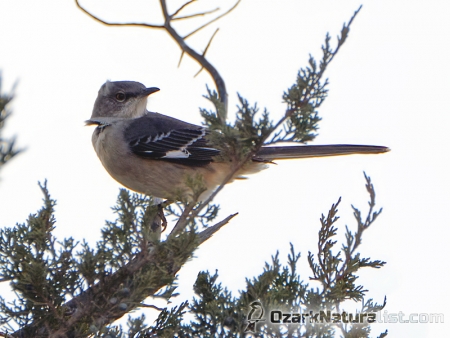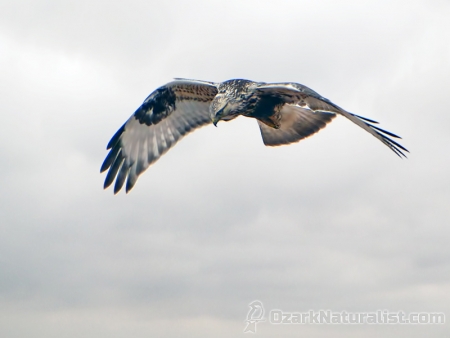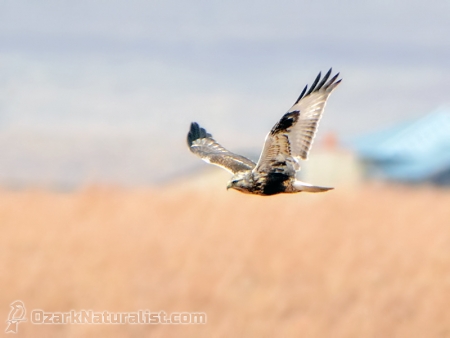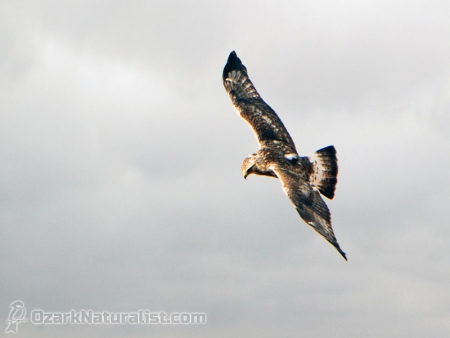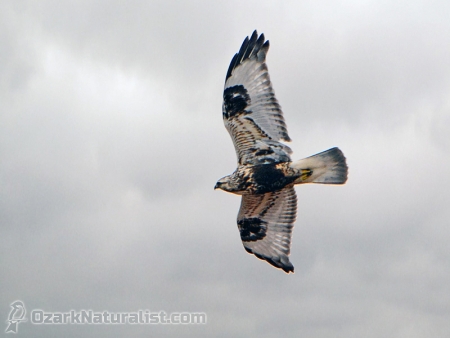I have a nemesis bird. OK, I have several, but one stands out from the others: Rough-legged Hawk (RLHA from here on, just because I’m lazy.) I may have seen one back in the late 80s in the extreme southwest part of Missouri, but I was a complete newbie to birding and I can’t remember enough details about the bird to claim it. So my goal has been to find and photograph an RLHA, but my success rate has equaled that of a certain coyote in his pursuit of a Roadrunner.
And truthfully, I’m at a disadvantage. RLHAs nest in the Arctic, far enough to the north that they’re probably native Inuktitut speakers, and come south to winter. Their winter range is essentially the northern half of the U.S., extending south into the Great Plains and Great Basin regions. Most range maps show the Ozarks as part of this range, but any birds that show up here are apparently lost or goofy in the head. A few are reported each winter, but they’re sporadic and hard to find. I suspect they avoid the Ozarks because they prefer open grasslands, which are nearly non-existent here.
This winter is the fourth that I’ve made a concerted effort to find and photograph an RLHA. I’ve struck out repeatedly and it’s not like I haven’t tried. My sister and I made a trip to eastern Kansas (we did see one bird that could conceivably have been an RLHA, but I didn’t get a great look and the photo was inconclusive), Dayna and I have made several trips west and north of Springfield, and I made a 700-mile loop through Columbia, Chillicothe, and Springfield, all with zilch to show for it. Hell, Dayna and I have even made two trips south of Jonesboro, Arkansas where a female RLHA has spent at least the last two winters. We saw a lot (a LOT) of Red-tails (and I got some really nice shots of those,) but we never even caught a glimpse of the RLHA.
Then a little serendipity happened (I love serendipity). There was a message on the ARBIRDS-L mailing list detailing a trip two gentlemen from NW Arkansas made into NE Oklahoma in mid-January. They began the trip at the Nature Conservancy’s Tallgrass Prairie Preserve, then worked the area to the north and west before heading home. And guess what they found? RHLAs, at least 5 of them. A trip to Oklahoma suddenly became a little more attractive.
I had a three-day weekend coming up and I talked a buddy (Hey Brock!) from work into heading west with me. It’s a near 6-hour drive, so we’d need to spend the night to make the trip worthwhile. Leaving Van Buren just before 7:00 a.m. left us arriving in Oklahoma in the early afternoon. Deciding to get a hotel later, we went north from Pawhuska to the Tallgrass Prairie Preserve, then worked our way west through Foraker to Highway 18, south to 60 and back to Pawhuska.
The weather wasn’t terribly cold—mid- to upper-30s—but there was a lovely 40 mph wind blowing constantly, which put a serious damper on bird activity. The Preserve was quiet, as dead as a possum on a freeway. There were the bison, of course (they have 2500 of them, after all,)
and a small Whitetail buck who was still clinging to one antler,
but I consider deer to be the mammal equivalent of weeds and bison are just glorified cows, so I wasn’t terribly excited by either of those.
We did find several Loggerhead Shrikes and Northern Harriers, none of which stayed for a photo, plus a flock of 30-ish Brewer’s Blackbirds,
a few Savannah Sparrows,
four Canada Geese doing a fly by,
and a single Northern Mockingbird.
Hawks were harder to come by. After leaving the Preserve and heading further west where there were a few more places for them to perch, we did begin seeing a few Red-tailed Hawks, but no RLHAs. Almost back to Pawhuska, we spotted a hawk hovering on the north side of the road. RLHAs are dedicated hover hunters, but we had already observed a couple of Red-tails using the stiff wind to pull off that maneuver. Still, we were checking everything, so we pulled to the shoulder and a quick look through the binoculars revealed a bird that was decidedly NOT a Red-tail.
The black, though indistinct, terminal band on the tail and the bold, black markings on the “elbows” left no doubt. By this point, I’m screaming “Roughie! Roughie!,” trying to get out of the car without unbuckling my seat belt and terrified that the bird would decide we were a threat and move out of range But he mostly just ignored us, continuing to hover cooperatively on the north side of the highway. But it was just before 5:00 p.m. with clouds coming and going, the light was horrendous and I was trying to hold a 600-mm lens in a 40-mph wind. Less than ideal conditions to be sure and I had to remove the lens hood to have any hope of holding the camera still, but I was able to cross the highway and climb the embankment to at least get a fair look (and about 300 photos.)
There was actually a second bird hovering further to the north, but that one was too distant to even think of a photo. Meanwhile, the first bird just kept hanging there, facing into the wind, which meant I was getting a head-on look only. Finally, he banked over and gave me a view of his underside.
We stayed and watched until the bird finally drifted away to the north. But I was stoked. I had finally found a Rough-Legged Hawk and gotten a photo. Not a great one, but one I’ll accept for my first opportunity. And we still had the next day to try again, a day that promised much more photography-friendly weather.
